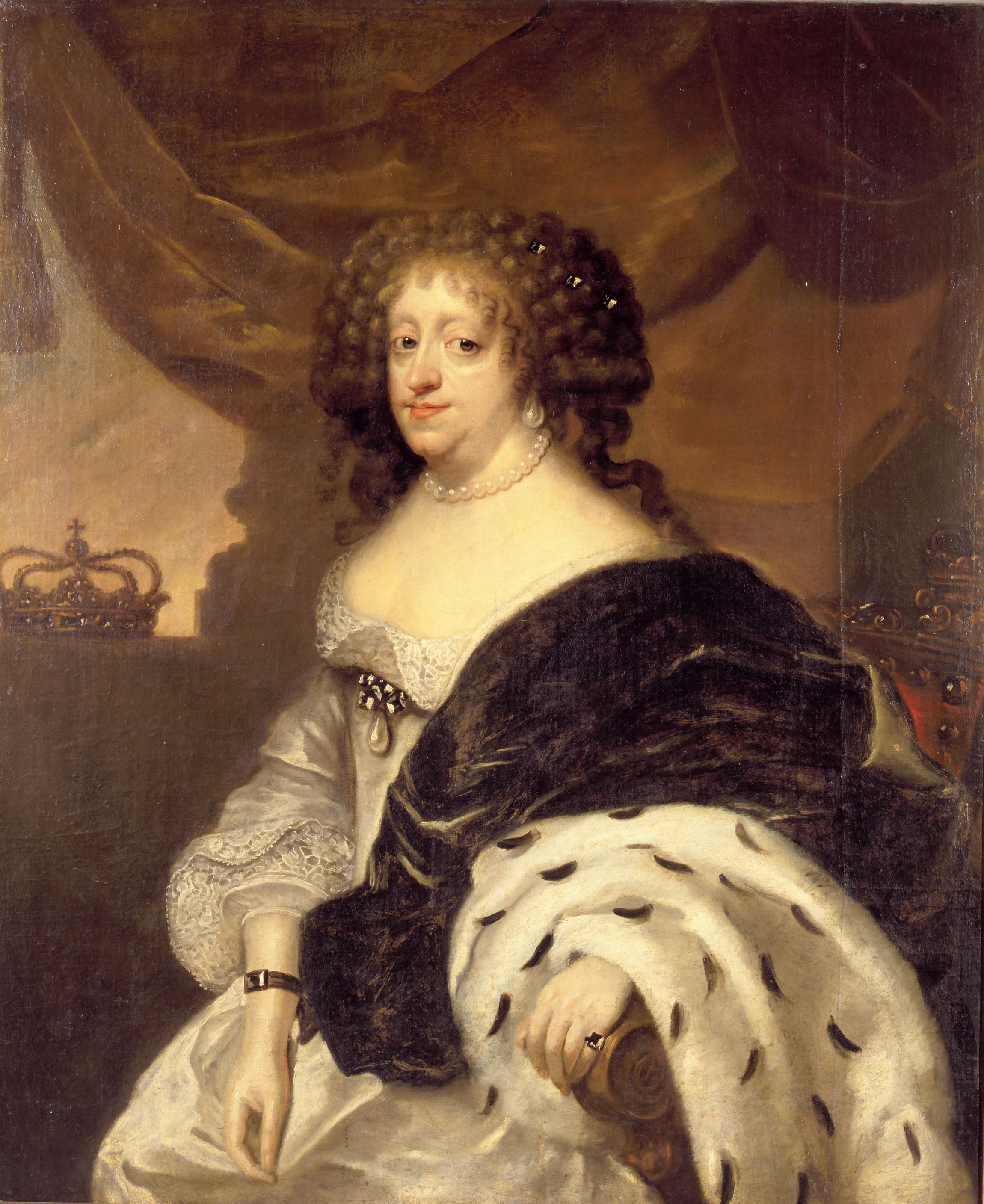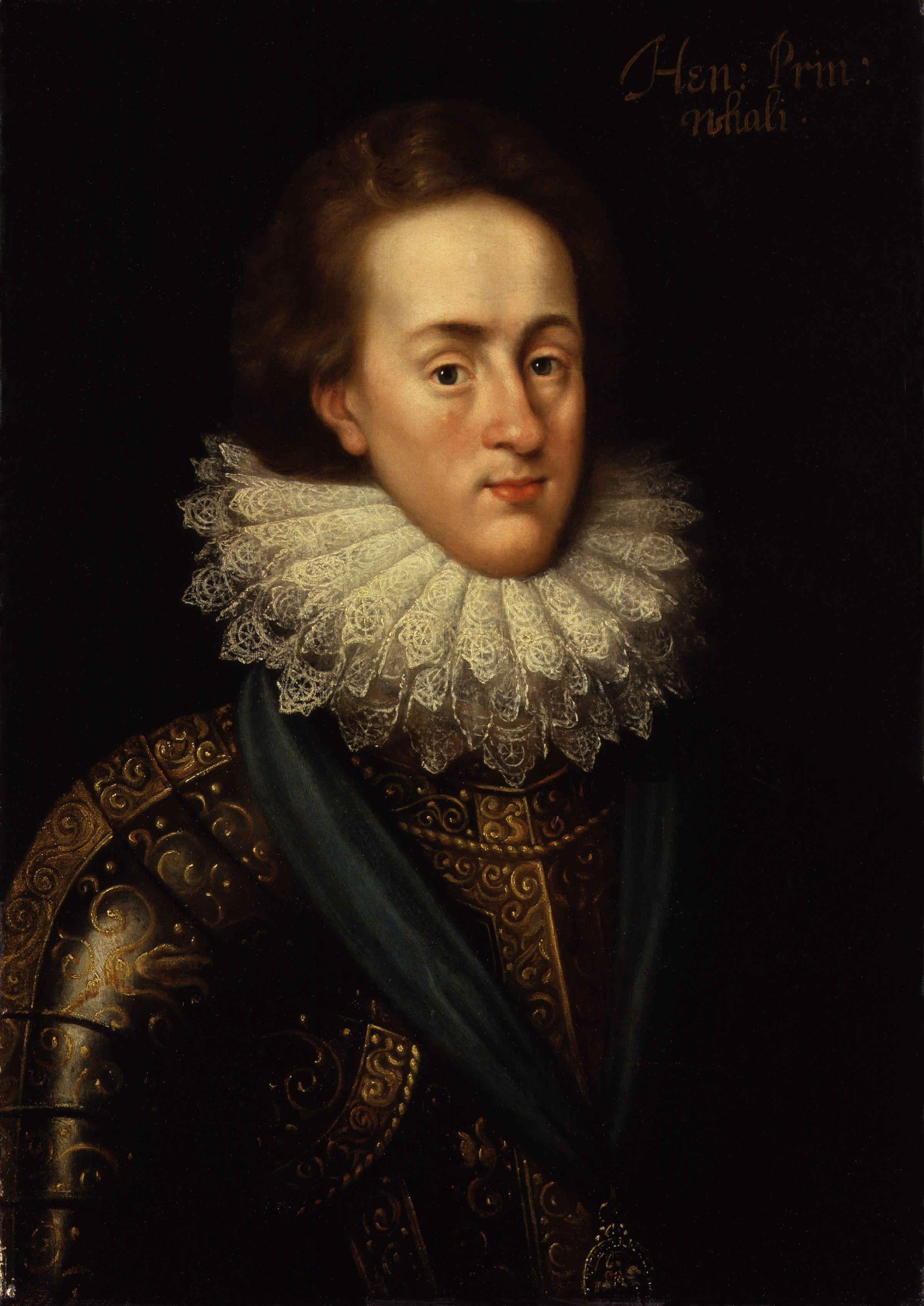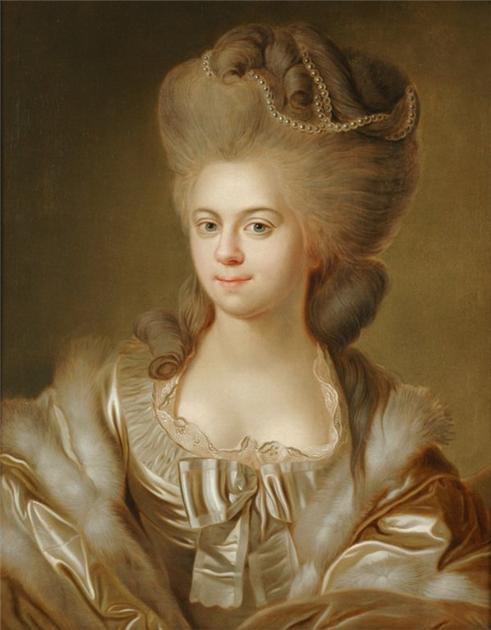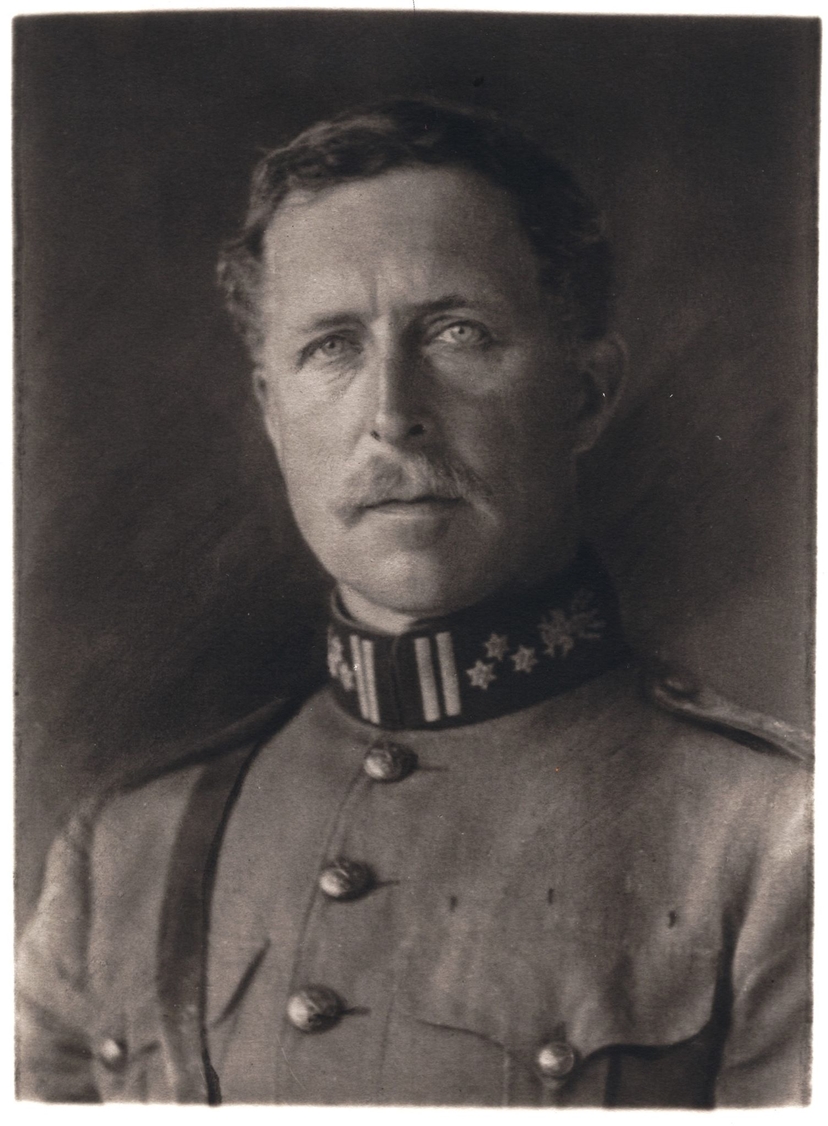© Unofficial Royalty 2025

Sophie Amalie of Brunswick-Lüneburg, Queen of Denmark; Credit – Wikipedia
February 20, 1437 – Assassination of James I, King of Scots at the Blackfriars Priory in Perth, Scotland; buried at the Carthusian Charterhouse in Perth, Scotland which was destroyed in 1559 by a mob of Protestant reformers
Robert III, King of Scots, the father of James I, feared for the safety of his only surviving son because of the machinations of his half-brother and decided to send him to France. However, the ship 12-year-old James was sailing on was captured by English pirates who delivered James to King Henry IV of England. Robert III, King of Scots, aged 68, died soon after hearing of his son’s captivity. 12-year-old James was now the uncrowned King of Scots and would remain in captivity in England for eighteen years where he was more of a guest than a hostage. While in England, James met his future wife Lady Joan Beaufort, the daughter of John Beaufort, 1st Earl of Somerset who was the eldest of the four children of John of Gaunt, son of King Edward III, and his mistress Katherine Swynford. The English considered marriage to a Beaufort gave the Scots an alliance with the English instead of the French. The couple was married in 1424 and traveled to Scotland, and had eight children. Plotters supporting the claim to the throne of Walter Stewart, Earl of Atholl, a son of Robert II, King of Scot’s second marriage, broke into the Blackfriars Priory in Perth, Scotland where 42-year-old James I, King of Scots and his wife Joan Beaufort were staying. The conspirators reached the couple’s bedroom where Joan tried to protect James but was wounded. James then tried to escape via an underground passage but was cornered and hacked to death.
Unofficial Royalty: Assassination of James I, King of Scots
Unofficial Royalty: James I, King of Scots
February 20, 1513 – Death of King Hans of Denmark, Norway, and Sweden at Aalborghus Castle in Denmark; buried first in the Gråbrødre Church at the Franciscan monastery in Odense, Denmark, later his remains were moved to St. Canute’s Cathedral in Odense, Denmark
King Hans held four royal titles: King of Denmark (1481 – 1513), King of Norway (1483 – 1513), King of Sweden (1497 – 1501), and Duke of Holstein and Schleswig (1482–1513 jointly with his younger brother, the future King Frederik I). In 1478, Hans married Christina of Saxony and they had six children. In 1501, Hans began a long-term affair with Edel Jernskjæg, one of Christina’s ladies-in-waiting. The affair caused a scandal and a de facto termination of his marriage. From that time on, the marriage of Hans and Christina was one in name only. In January 1513, King Hans was on his way to Aalborghus Castle when he was thrown by his horse and was injured. He became increasingly weaker and died from his injuries at his birthplace Aalborghus Castle.
Unofficial Royalty: King Hans of Denmark, Norway, and Sweden
February 20, 1618 – Death of Filips Willem, Prince of Orange at the Palace of Nassau in Brussels; buried at the Catholic parish church of Saint Sulpice in Diest, now in Belgium
Filips Willem was the only son of Willem I (the Silent), Prince of Orange, and the first of his four wives Anna van Egmont. In 1568, Willem I, Filips Willem’s father, became the main leader of the Dutch revolt against the Spanish Habsburgs who held the land that we now know as the Netherlands and Belgium. That set off the Eighty Years’ War and resulted in the formal independence of the Dutch Republic in 1581. Angered by Willem I’s revolt, King Philip II of Spain arranged for 13-year-old Filips Willem to be kidnapped and taken to Spain, partly as a hostage, but also to be raised as a Catholic and a loyal subject to Spain. Filips Willem never saw his father again. In 1584, Balthasar Gérard, a subject and supporter of Philip II, assassinated Willem I. Filips Willem became Prince of Orange, however, he was not allowed to return to his homeland because he was not trusted and was considered an agent of Spain. In 1596, 28 years after he was kidnapped, Filips Willem returned to the Netherlands and lived at the Palace of Nassau in Brussels. At the request of the States-General (the legislature), he did not engage in political affairs. Filips Willem died on February 20, 1618, aged 63, after a botched medical procedure. In his will, he requested to be buried in one of his cities (Breda, Orange, Lons-le-Saunier, or Diest) whichever would be closest to his place of death. He had a Catholic funeral and was buried at the Catholic parish church Saint Sulpice in Diest, now in Belgium.
Unofficial Royalty: Filips Willem, Prince of Orange
February 20, 1685 – Death of Sophie Amalie of Brunswick-Lüneburg, Queen of Denmark and Norway, wife of Frederik III, King of Denmark and Norway, in Copenhagen, Denmark; buried at Roskilde Cathedral in Roskilde, Denmark
In 1643, Sophie Amalie married the future Frederik III, King of Denmark and Norway. Sophie Amalie and Frederik had eight children including Jørgen who married Queen Anne of Great Britain and had his name anglicized to George, and Ulrika Eleonora who married King Karl XI of Sweden. In 1647, Frederik’s 44-year-old childless elder brother Christian died and when his father died in 1648, Frederik became King of Denmark and Norway. As Queen, Sophie Amalie became the center of court life. She replaced the old medieval court entertainment with opera and ballet. She enjoyed fashion, parties, theatre, and masquerades, and made the French taste fashionable in Denmark. Sophie Amalie was ambitious, participated in state affairs with her husband’s blessing, and influenced policy as his adviser. Sophie Amalie survived her husband King Frederik II by fifteen years, dying on February 20, 1685, aged 56.
Unofficial Royalty: Sophie Amalie of Brunswick-Lüneburg, Queen of Denmark
February 20, 1731 – Death of Prince Antonio I of Monaco in Monaco, buried at Saint Nicholas Cathedral in Monaco
Antonio I, Prince of Monaco was the elder of the two sons and the eldest of the six children of Louis I, Prince of Monaco. In 1688, Antonio married Marie of Lorraine, the daughter of Louis of Lorraine, Count of Armagnac. Antonio and Marie had six daughters but only two survived to adulthood. In 1701, when his father died, Antonio became the Sovereign Prince of Monaco. He reigned for thirty years until he died on February 20, 1731, at the age of 70. Antonio I was succeeded by his eldest daughter Louise Hippolyte who had a very short reign of ten months. She died from smallpox at the age of 34, on December 29, 1731.
Unofficial Royalty: Prince Antonio I of Monaco
February 20, 1790 – Death of Joseph II, Holy Roman Emperor in Vienna, Austria; buried in the Imperial Crypt at the Capuchin Church in Vienna
The fourth of the sixteen children and the eldest of the five sons of Franz I, Holy Roman Emperor, Joseph II reigned from 1765 to 1790 as Holy Roman Emperor after being elected Holy Roman Emperor following the death of his father Franz I, Holy Roman Emperor in 1765. He was co-regent with his mother from 1765 – 1780 of Bohemia, Hungary, Croatia, Austria, and several other Habsburg hereditary lands. Joseph was the sole ruler from 1780 to 1790, following the death in 1780 of his mother Archduchess Maria Theresa of Austria, the only woman to be ruler of the Habsburg hereditary lands in her own right. Joseph married twice. His first wife was Princess Isabella of Parma. Joseph and Isabella had two daughters but neither survived childhood, and Isabella died from smallpox in 1763. After Isabella’s death, Joseph married his second cousin Maria Josepha of Bavaria. The couple had no children and Maria Josepha died of smallpox, as had her predecessor Isabella. Joseph died from tuberculosis, aged 48, on February 20, 1790, in Vienna, Austria.
Unofficial Royalty: Joseph II, Holy Roman Emperor
February 20, 1773 – Death of Carlo Emanuele III, King of Sardinia at the Royal Palace in Turin, Kingdom of Sardinia, now in Italy; buried at the Basilica of Superga in Turin
In 1715, Carlo Emanuele’s fifteen-year-old elder brother Vittorio Amedeo died from smallpox and Carlo Emanuele became the heir to the throne and the Prince of Piedmont. He married three times but all three wives died young. Carlo Emanuele and his first wife Anna Christine of Sulzbach had one child. He had six children with his second wife Polyxena of Hesse-Rheinfels-Rotenburg and three children with his third wife Elisabeth Therese of Lorraine. In 1731, two years after Carlo Emanuele’s mother died, his father Vittorio Amedeo II, King of Sardinia, married his mistress and abdicated the throne. Carlo Emanuele was a soldier-king who gained territory for his kingdom by fighting on the French side in the War of the Polish Succession and then on the Austrian side in the War of the Austrian Succession. His ancestors were avid art collectors and Carlo Emanuele was no different. He added many new paintings to the collection of the House of Savoy. On February 20, 1773, Carlo Emanuele III, King of Sardinia died at the age of 71. He survived his three wives, his five siblings, and six of his ten children.
Unofficial Royalty: Carlo Emanuele III, King of Sardinia and Duke of Savoy
February 20, 1867 – Birth of Louise, Princess Royal, daughter of King Edward VII of the United Kingdom, at Marlborough House in London, England
Full name: Louise Victoria Alexandra Dagmar
Louise was the eldest daughter of the future King Edward VII of the United Kingdom and Alexandra of Denmark. In 1889, Louise followed the example of her paternal aunt Princess Louise and married a husband from the British nobility. Seventeen years older than his bride, Alexander William George Duff was the only son of James Duff, 5th Earl Fife and Lady Agnes Hay, daughter of the 18th Earl of Erroll and Lady Elizabeth FitzClarence, an illegitimate daughter of King William IV. Known as Duff, Alexander became 6th Earl Fife when his father in 1879. Two days after the wedding, Queen Victoria created the groom Duke of Fife and Marquess of Macduff in the Peerage of the United Kingdom. The couple had a stillborn son and two daughters. Despite their age difference, the couple was well-matched and settled down to a life of country pursuits with Duff managing his Scottish estates and Louise becoming an expert at salmon fishing.
Unofficial Royalty: Louise, Princess Royal
This article is the intellectual property of Unofficial Royalty and is NOT TO BE COPIED, EDITED, OR POSTED IN ANY FORM ON ANOTHER WEBSITE under any circumstances. It is permissible to use a link that directs to Unofficial Royalty.













